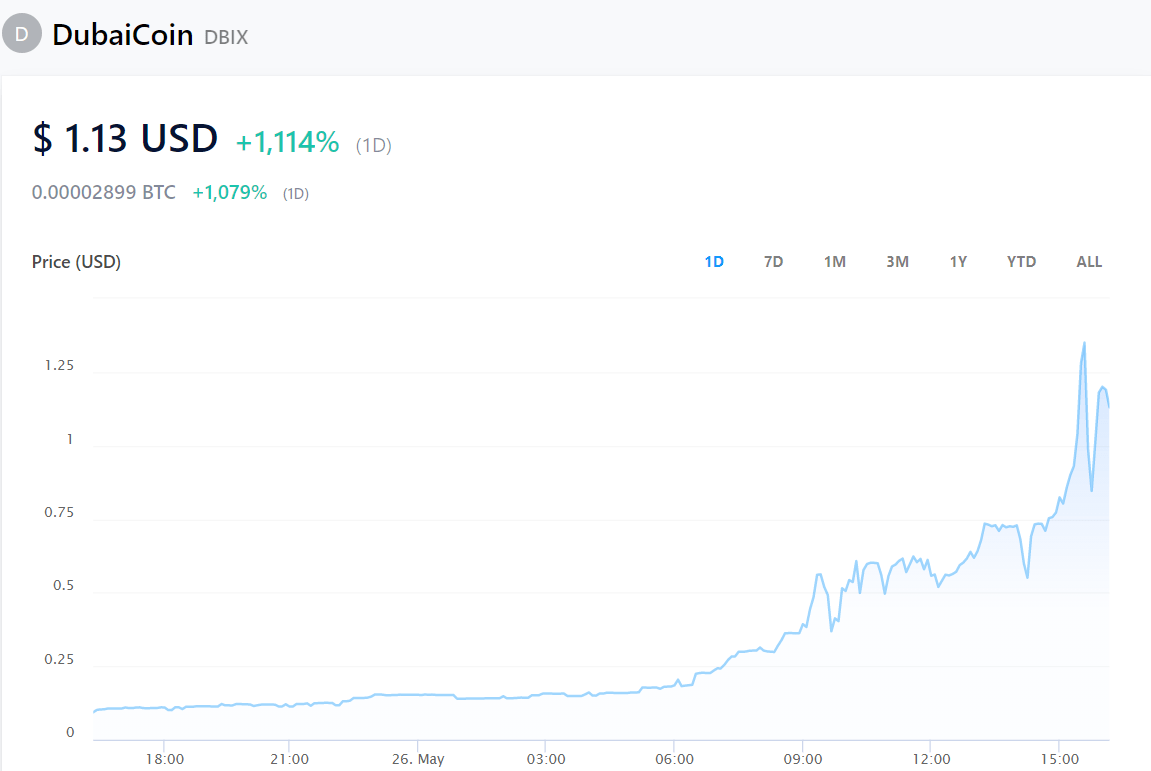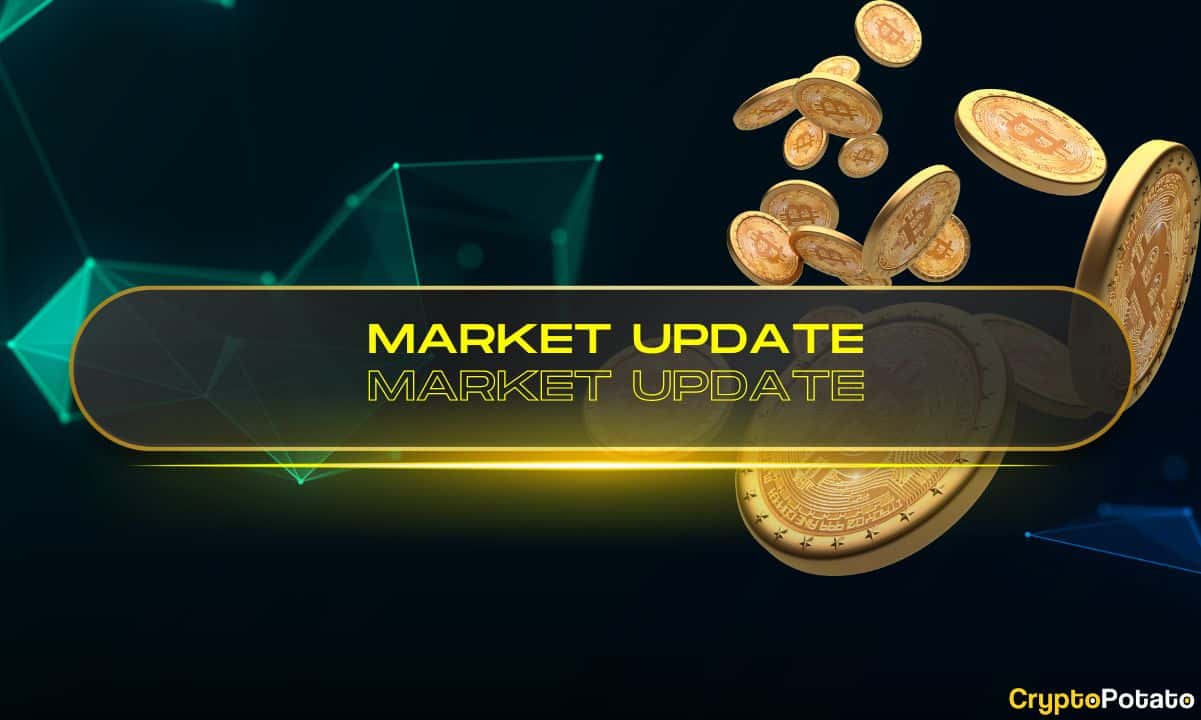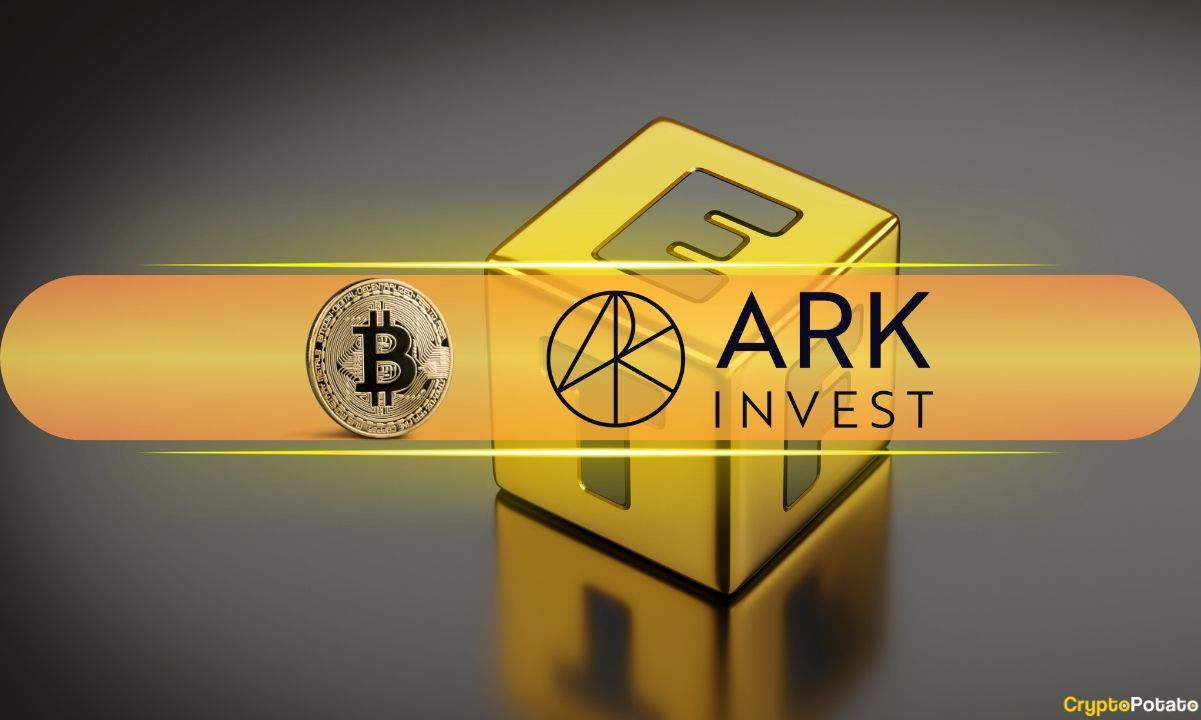One of Belgium’s Largest Banks Could be Considering Launching a Token, Reports
KBC, one of the largest insurance and banking companies in Belgium, announced its plans to launch its own cryptocurrency, slightly changing its approach to digital assets.
KBC Coin, the bank’s native cryptocurrency, would be a kind of reward token that would allow the bank to develop interaction strategies with its customers, promote its platform, and compel users to adopt its services.
KBC Coin Is Almost Ready
The bank shared the announcement during the presentation of the first months of ‘Kate,’ the virtual assistant included in the banking app.
At the moment, KBC Coin is not available to the public, but it is already in the testing phase via a private environment. The bank has not disclosed further details regarding the project’s roadmap.
In addition to the regulatory framework and the economic characteristics of the project, KBC is focused on the technological and privacy issues of its cryptocurrency. According to local newspaper De Morgen, CEO Johan Thijs said they wanted to “protect the identity of their customers,” giving their users a platform that allows them to have complete control of their data.
KBC was emphatic in pointing out that its token has no relation to Bitcoin or any cryptocurrency on the market. Furthermore, it noted that KBC Coin would run only inside the bank’s infrastructure, so it would not be subject to the wild price swings that are characteristic of traditional cryptocurrencies. Statements shared by Mr. Thijs and compiled by Business AM give a rough idea of how the token would work if it launches:
“This coin can initially be earned by loyal customers and spent on additional services … The coin will be in a closed system. It’s a ‘closed loop currency’. So it’s not a currency like the euro that allows you to go around the world and make payments everywhere … It’s a digital currency that we use in a certain environment, for example the customer environment.’
It Is Like a Crypto… But It Is Not a Crypto
This distinction is vital for the bank as it has maintained a cautious stance on cryptocurrencies for years.
Even in 2015, long before the crypto boom that brought bitcoin and ICOs into the public spotlight, KBC Bank was already warning its clients about the risks associated with trading bitcoin and other cryptocurrencies.
In a document still available in the bank’s archives, it can be seen that the bank sees Bitcoin as a risky asset in technological, financial, and social terms. Some of the risks the bank mentioned at the time were;
- Inscrutable and complex investment
- No underlying or underpinned value
- Unpredictable liquidity
- No guarantee of getting repaid
- Multiple technological risks (including data loss and hacking)
- Susceptible to fraud and illegal transactions hence also intervention by the authorities
To avoid preconceptions, the KBC cited Central Bank Digital Currencies, a type of digital asset that is backed by a bank and functions as fiat money, as close examples of the nature of its KBC Coin.
CBDCs want to establish themselves as the next step in the evolution of money by becoming the banks’ alternative to cryptocurrencies. And although they have not yet been globally accepted, the idea already has analysts arguing with positions for and against it.
But even CDBCs are not entirely safe. For example, Dubai Coin —a scam currency touted as a token issued by the Dubai government— spiked over 1000% in Crypto.com today despite warnings from the country’s administration saying it had no connection to the project.










